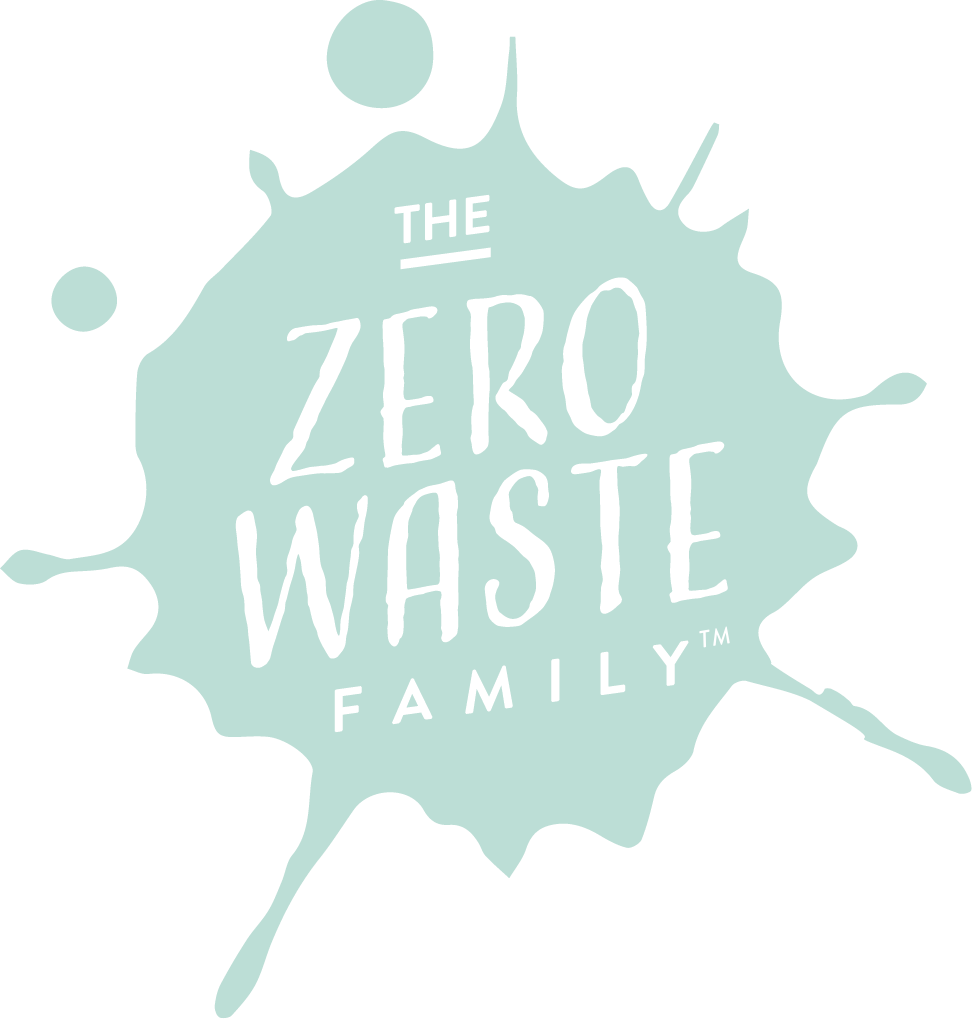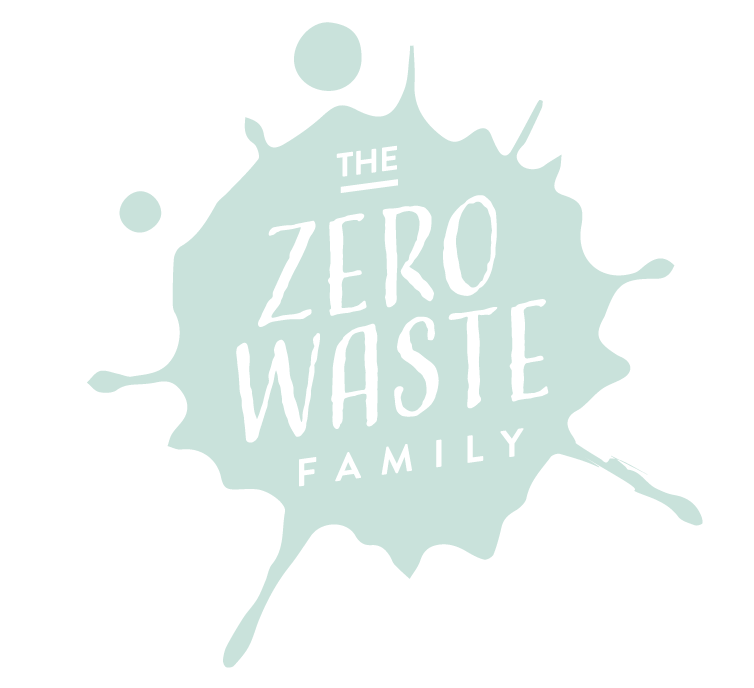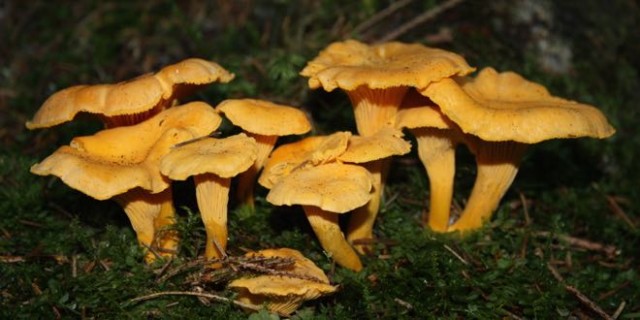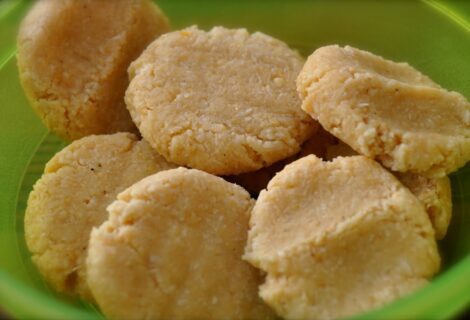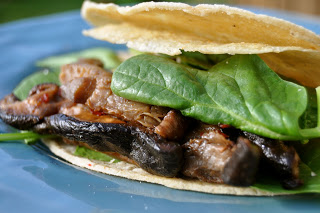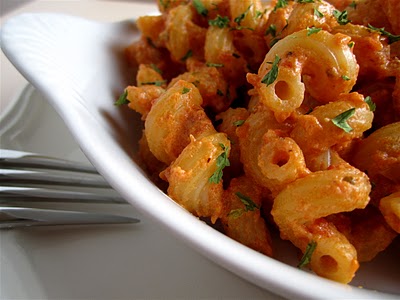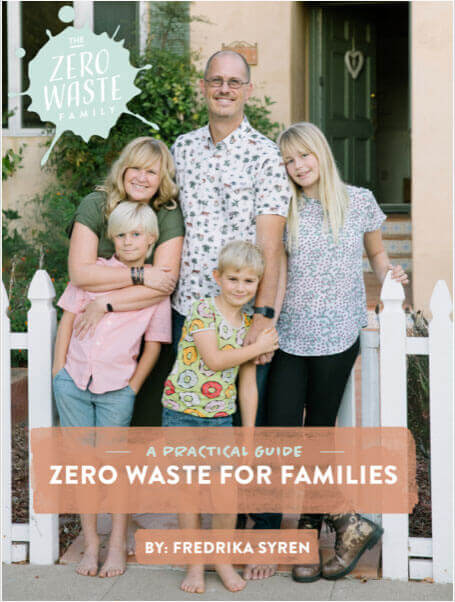By Kim Robson:
Mushrooms can play extremely important roles in the ecosystem. Some are extremely delicious. Some are also extremely deadly. NEVER eat a mushroom unless you’re absolutely sure it’s an edible species! This article will help you find, collect, identify and store edible mushrooms.
Safety First
There are no “tests” to determine edible versus poisonous mushrooms. Ignore old wives’ tales and folk myths such as “a poisonous mushroom will tarnish a silver spoon,” or “it’s poisonous if it bruises blue.” They are completely untrue. Even seeing animals eating them doesn’t mean they’re okay for us to eat. There is only one way to tell if a mushroom is edible: positive identification.
Field guides should contain pictures and descriptions of mushroom anatomy, cap shapes, surface textures, gill spacing, and other features to help you determine mushroom species. Learning to identify mushrooms is just like any other kind of nature study, except that if you’re collecting mushrooms to eat, some of them might be deadly. Take your time, and use common sense. If you’re not 100% positive of the mushroom, DON’T eat it.
Building up your knowledge base may take a little time, but it’s worth the effort! Several delicious mushrooms are easy to recognize and nearly impossible to confuse with any dangerous species. Most are nothing at all like the boring grocery store selections.
In addition to studying field guides, these options also can help you become a mushroom-finding expert:
- Join a mushroom club. Attend workshops and hunting forays. You’ll see lots of mushrooms and learn what their identifying features are. Experts are on hand to answer questions and recommend field guides and other resources.
- Collect and identify what you think is the same species repeatedly. Some mushrooms change appearance dramatically in different seasons or even as they mature.
- Show your finds to experts.
- Use multiple field guides. One picture is not enough! Read the descriptions carefully.
- Don’t let your nose fool you. Mushrooms that smell or even taste good still can be poisonous. One common poisonous culprit is the green-spored Lepiota (Chlorophyllum molybdites), which, when young, looks nearly identical to the common white button mushrooms found in grocery stores.
- When in doubt, throw it out! Until you’ve trained your eyes to know what you’re looking for, this is your guiding principle.
The best time to forage for wild mushrooms is from the early spring (morels) through late fall (oysters and lion’s mane). Morels have a short growing season: just a few weeks in spring. Oyster mushrooms can be found from spring all the way through to the beginning of winter if weather conditions aren’t too harsh. Some species, such as oysters and deadly galerinas, have been known to push up through snow on fallen trees after above freezing winter nights.
Some mushrooms grow only on dead or dying trees, and others are found growing only from the ground. Knowing where a particular species grows and when it typically appears is crucial for correct identification. Once again, if you’re planning to eat wild mushrooms, accept nothing less than a 100% positive identification.
At the first signs of spring, dedicated morel hunters will actually keep track of soil temperatures, watching for the ground to warm to a consistent 53 degrees Fahrenheit before going on the first hunt of the year. A simpler rule of thumb is merely to wait for a week of night temperatures above 50 degrees Fahrenheit. But adequate moisture is the single most important factor for any mushrooms to appear. If there hasn’t been enough precipitation, or if the substrate (the soil or a log) dries out, mushrooms won’t crop up.
In any season, the days after a good soaking rain are the best time to grab a basket and head into the woods. Once again, if you’re new to wild mushrooms, it’s critically important to get some experience identifying them before you ever pick any to eat.

Collecting
Take a flat-bottomed basket or flat-bottomed cloth bag (a piece of cardboard cut to fit the bottom of the bag will do). Some foragers use a mesh bag on the premise that spores will drop and spread while walking through the woods. Your goal is clean, whole mushrooms that will be easy to prep before cooking. Don’t use plastic grocery bags — they offer no protection from bruising and they create a warm, moist environment that makes mushrooms unhappy.
You’ll also need a pocketknife or a pair of scissors for cutting off mushrooms at the base. There are also “mushroom knives” with a brush on the end, for whisking off dirt, because clean mushrooms in your basket equal saved prep time later.
Collect only unblemished specimens. As with any fresh produce, look for clean, undamaged specimens. If you wouldn’t choose it at a farmer’s stand, don’t pick it. Don’t over harvest or pick them all. Leave some for the animals and other foragers, and so the mushrooms can continue to grow and multiply.
Don’t collect from potentially contaminated areas. Mushrooms can be found growing outside forests, but don’t gather them from the side of the road, near railroad tracks, or on golf courses, parks or suburban lawns. Exhaust fumes, creosote, pet waste and chemical weed killers are not what you want to ingest.
Storage
Store mushrooms in the refrigerator in a clean brown paper bag. Don’t rinse them before refrigerating — wet mushrooms will deteriorate quickly. When you place them in the fridge, leave the bin slightly ajar to minimize moisture collection. Most mushrooms can be cleaned without water, using just a soft dry brush to remove dirt. If you must rinse your mushrooms, do it immediately before using, and spread them out on a clean towel before gently patting dry.
